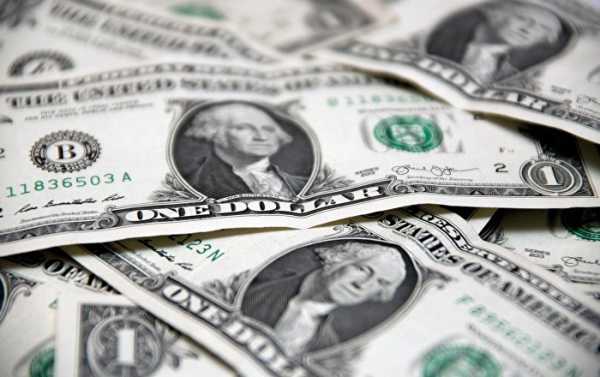
Core US retail sales have surged to their highest in a year, with a solid labour market, low petrol prices, and rising wages adding some cheer to the ongoing holiday shopping season – but risks in the form of rising debt, trade woes, and sluggish industrial sector mar the otherwise bright outlook.
Kristian Rouz — A new reports finds core US retail sales have increased in 12 months amid a solid labour market, rising wage inflation, and the ongoing holiday shopping season. Meanwhile, US consumer spending posted a November increase as well, driven by Thanksgiving discounts — while lower fuel prices weighed on the overall figures.
According to the Commerce Department, retail sales excluding cars, petrol, construction materials, and food rose 0.9 percent in November compared to a 0.7-percent increase the previous month. The measure of core retail sales — a key component of the Department’s GDP assessment — increased 0.3 percent in October.
Additionally, headline retail sales added 0.2 percent month-on-month in November, while most economists had projected a 0.4-percent increase. The lower reading stems from the lower petrol prices, which could have also hindered gains in overall consumer inflation — potentially affecting the Federal Reserve’s policy outlook as well.
However, some economists believe the Fed could still raise its base borrowing costs at an upcoming policy meeting this month.
“Today’s report shows Fed officials consumers just aren’t confident, they are also putting their money where the mouths are and buying enough goods to keep the economy humming”, Chris Rupkey of the New York branch of Mitsubishi UFJ Financial Group said.
Meanwhile, consumer spending rose 3.6 percent in the third quarter. The latest figures suggest a further strengthening, and might point to a stronger economic expansion in the fourth quarter — as household expenditures drive roughly 70 percent of US GDP growth.
However, this expansion comes at a price. US credit card debt has surpassed $1 trillion for the first time in history earlier this year, while overall household debt has exceeded $13 trillion. The Fed’s rising interest rates could make it harder for borrowers to obtain new loans or re-finance their existing obligations.
This might suggest the Fed’s ongoing tightening cycle could have greater negative implications on GDP growth in the medium-to-longer-term perspective.
But as of now, the majority of economists are optimistic, citing low unemployment, rising wages, and subdued inflation as the key factors behind this expansionary cycle.
“Today’s report appears to point toward somewhat faster growth in Q4 than we have been forecasting, although much will depend on December retail sales results as well as data on the enormous service sector which are not yet available”, Joshua Shapiro of New York-based forecasting company Maria Fiorini Ramirez said.
The Fed’s base borrowing costs currently stand at 2-2.25 percent, with the majority of central bank officials and economists saying US monetary conditions are still quite accommodative. Some central bankers have suggested the Fed would move its rates close to “neutral” — or neither supporting nor holding back economic growth — as soon as next year.
But some experts are more cautious, as they expect a possible economic slowdown in 2019. This comes as the Fed said in a separate report that US industrial output had rebounded 0.6 percent in November after dropping 0.2 percent the previous month. However, this expansion was driven mostly by a 3.3-percent surge in utility output — due to the cold winter conditions across the US.
And this is stirring some concern among analysts, as US manufacturing doesn’t appear to be growing at a sustainable enough pace, particularly, in the face of international trade headwinds.
“We expect to see continued softening in the pace of manufacturing growth in the coming year, as both US and global growth slow and the dollar remains a headwind for exporters”, Sarah House of Charlotte, N. C.-based Wells Fargo Securities said.
However, as holiday cheer is still supportive of consumer spending, and disposable incomes are gradually improving, November’s 4.2-percent annual increase in retail sales has prompted the Federal Reserve Bank of Atlanta to review its GDPNow Q4 outlook up to 3.0 percent — from the previously expected 2.4 percent.
Experts say the US economy is still is good shape, despite risks to macroeconomic stability gradually mounting on both the domestic and overseas fronts.
Sourse: sputniknews.com






